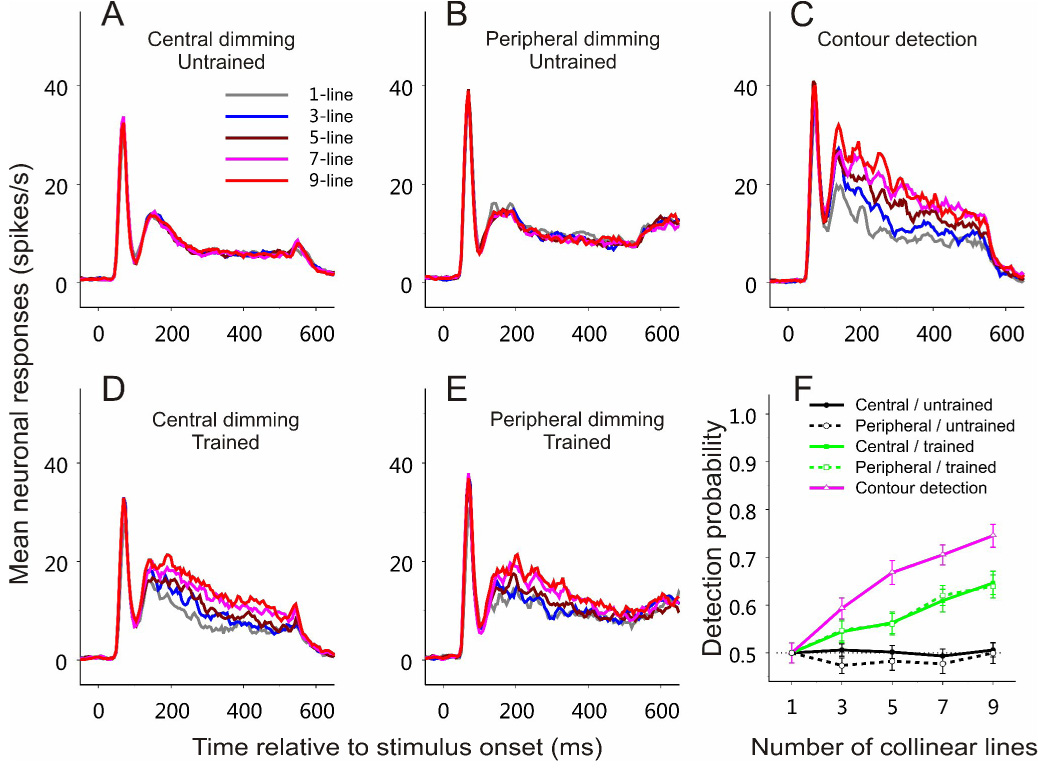Figure 3. Emergence of contour-related responses in V1 with training on contour detection.

(A–E) Peristimulus time histograms (PSTHs) were constructed by binning neuronal spikes at 5 ms resolution over time and by averaging across all recorded cells for each experimental condition. The PSTHs were smoothed using a rectangular window of 20 ms (boxcar filter). Time 0 indicates stimulus onset. Five curves in each panel represent neuronal responses to contours made up of 1, 3, 5, 7, 9 collinear lines respectively. Different panels show different experimental stages. All data were collected from a 5×5 mm region in the right hemisphere, and the visual stimuli were presented at visual field Location 1 (Figure 2A).
(A) Central-dimming task before training on contour detection. The task was to respond to a slight dimming of the fixation point. n = 73 (52 and 21 cells, respectively, from the two animals).
(B) Peripheral-dimming task before training on contour detection. The task was to maintain fixation at the fixation point and respond to a dimming of the line segment in the RF, which was also the central element of the collinear contour. n = 45 (25 and 20, respectively, from the two animals).
(C) Contour detection task. The animal had to indicate the location of the embedded contour in a two-alternative-forced-choice task. Neuronal responses recorded in both correct and error trials during the late training phase are included (refer to Figure 2 for the division of early and late phases). n = 32 (13 and 19, respectively, from the two animals).
(D) Central-dimming task after training on contour detection. n = 47 (24 and 23, respectively, from the two animals).
(E) Peripheral-dimming task after training on contour detection. n = 48 (26 and 22, respectively, from the two animals).
(F) Neurometric curves based on ROC analysis of the data shown in (A)–(E), respectively. Each curve was averaged across all the recorded cells for each condition. Error bars represent ± SEM calculated by the method of bootstrapping (see Experimental Procedures).
